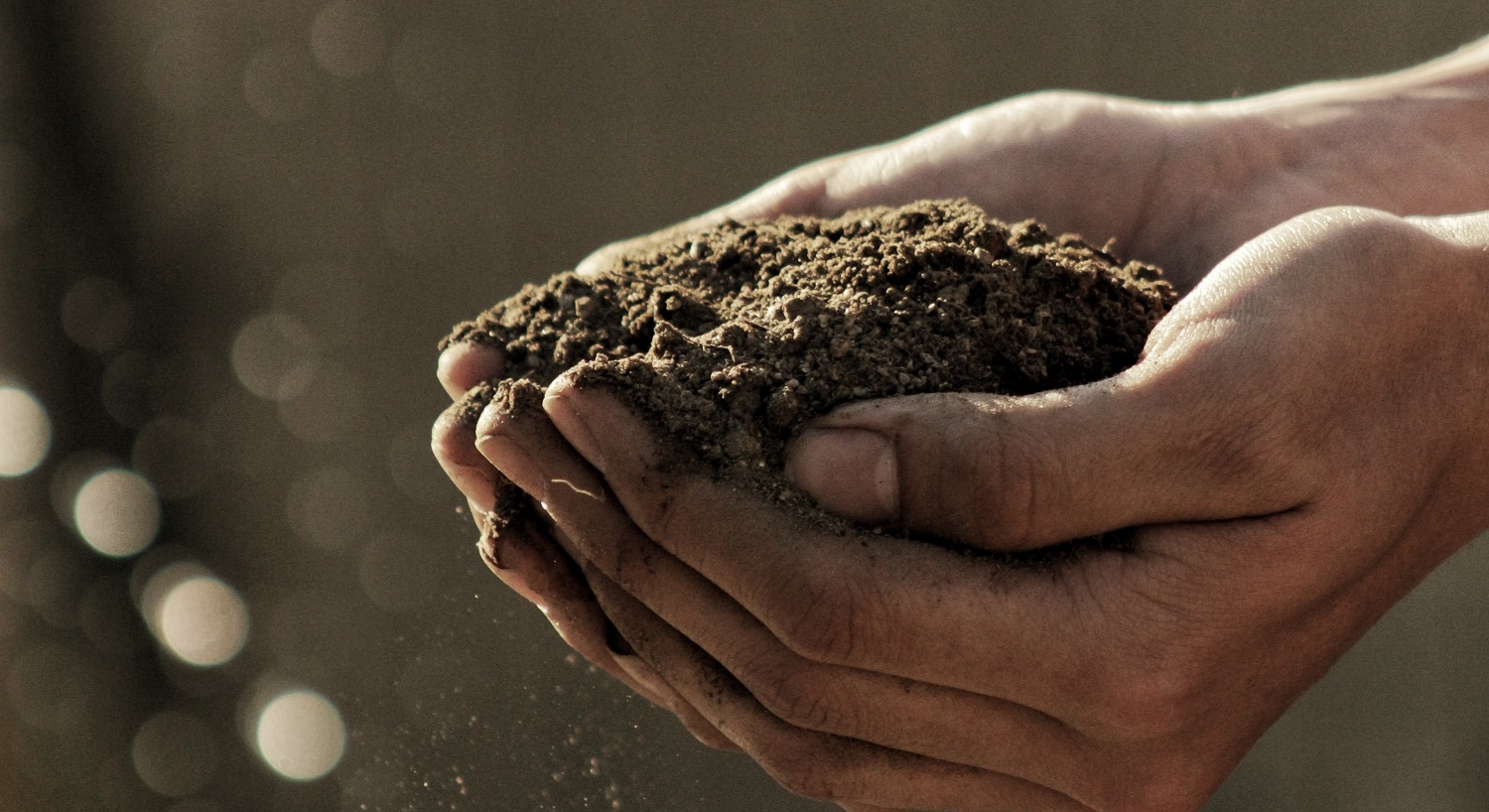Getting the most bang for every buck spent on fertilizer will be at the top of every farmer’s list for the upcoming crop season. One way to maximize fertilizer efficiency is to add soil sampling as a tool in every nutrient management toolbox. The first step to good nutrient management is planning and the most basic step for a successful crop year is to utilize soil sampling.
The goal of nutrient management planning:
- Providing crops with the nutrients needed to maximize yields
- Keeping the fertilizer (and dollars) in the field
- Maintaining quality soil and water resources
When crop prices drop or input prices increase, it may seem like a good economic decision to drop soil sampling to cut expenses. However, this knowledge is invaluable to application efficiency.
Many producers have found grid soil sampling to be a valuable tool, and one that can pay off. By spending the time and money to soil sample, producers can put the fertilizer where it is most needed and increase profitability.
For years, technology was limited and producers put a generic fertilizer application on farm acres to cover typical crop removal, such as 0-50-60 (N-P-K). However, with new technologies available, producers may be able to reduce that application and/or target specific areas of the field that may need a buildup or even a draw down on specific nutrients.
Technology has allowed ag retailers to take data from soil samples and integrate them with nutrient application. Soil maps can be sent digitally to fertilizer applicators to apply the right rate of nutrients in the right place. By implementing variable rate technology, producers can often decrease the amount of nutrients applied to offset the cost of hiring an ag retailer to apply the nutrients.
Soil sampling can also help determine issues that may be decreasing plant availability of macronutrients, leading to a decrease in yield and profitability. Producers often feel there is buildup of nutrients, but the nutrients are not available to plants due to an imbalance in pH. Soil sampling prior to adding lime to a field can decrease the cost dramatically and allow for application to impact productivity most effectively.
Many producers have been able to find missing puzzle pieces from soil sampling. This was the case for Andrea Rice, MoFCB Director of Research, Education, and Outreach:
“My husband, Mitchell, leased ground from my great uncle, who was battling dementia. There was one corner of a field that would never need phosphorus and we couldn’t figure out why. By soil sampling and digging into some local history, we were able to determine a hog barn was on the property over half a century prior.” Soil sampling led to a decrease in fertilizer costs, not only in that corner but in the entire field, and an increase in profitability.
If producers are concerned about the cost associated with soil sampling, there are many programs available to assist with the implementation of soil sampling and nutrient management. The USDA has incentives for putting focus on soil health and improving nutrient stewardship. The Missouri Soil and Water Conservation Program is also piloting a 4R cost-share program.
By implementing soil mapping, producers can see a decrease in overall nutrient input costs, resulting in uniformity on yield maps. During times of higher risk due to higher input costs, it is vital to squeeze as much profitability as possible out of each acre. Establishing a routine with grid soil sampling will provide assurance of being able to utilize soil to its fullest potential while increasing nutrient use efficiency and productivity.

